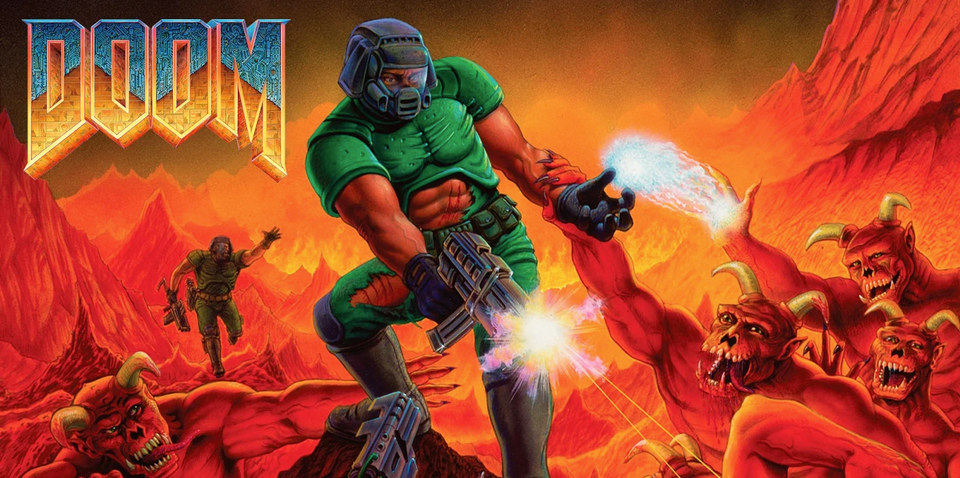Never been much of a gamer, but even I know DOOM

From DOOM to AI: The Evolution of Game Graphics and Its Future Impact
The DOOM Revolution
In 1993, a game called DOOM hit the market and changed the face of gaming forever. What made DOOM so special? Its groundbreaking 2.5D graphics. This innovative approach created the illusion of 3D environments using 2D sprites, allowing for immersive gameplay on the limited hardware of the time.
DOOM's creators, led by John Carmack, found a clever way to trick the player's eye. By using 2D images and manipulating them to appear three-dimensional, they created a world that felt real and engaging. This technique, often called "billboarding," allowed players to move through seemingly 3D spaces, fight monsters, and explore complex levels, all while the game ran smoothly on 1993's computers.
Fast Forward to Today
Now, let's jump to the present day. Google and Tel Aviv University have recently unveiled a new AI system that can generate DOOM-like graphics in real-time. While the current output might look basic compared to modern game graphics, it represents a significant leap in AI capabilities.

This AI doesn't just replicate DOOM's graphics; it creates them from scratch, on the fly. It's like having a tiny game developer inside your computer, constantly creating new environments as you play.
Why This Matters
You might be wondering, "So what? We have much better graphics now." True, but this development is exciting for several reasons:
- Real-time Generation: The AI creates environments as you go. This could lead to games with infinite, unique worlds. Imagine never playing the same level twice!
- No Traditional Coding: Normally, game developers spend months or years coding every aspect of a game. This AI approach could dramatically cut down development time and costs.
- Adaptability: AI-generated content could adjust to how you play. The game could learn your preferences and create challenges tailored just for you.
- Resource Efficiency: Just like DOOM's original approach, this method could create rich gaming experiences without needing super-powerful computers.
Beyond Gaming
While this technology isn't ready for mainstream game development yet, its potential reaches far beyond the gaming world. Let's consider some possible applications:
- Virtual Reality Training: Imagine training programs that generate new scenarios endlessly, providing fresh challenges for learners.
- Architectural Visualization: Architects could quickly generate and modify 3D models of buildings, allowing for rapid prototyping of designs.
- Film and Animation: This technology could assist in creating dynamic backgrounds or even entire scenes, reducing production time and costs.
- Urban Planning: City planners could use this to visualize and test different urban layouts quickly.
The Road Ahead
It's important to note that we're still in the early stages of this technology. The current AI-generated graphics are basic and not yet suitable for commercial games. However, the rapid progress in AI suggests that more advanced versions may not be far off.
As this technology develops, it will likely face challenges. Questions about artistic ownership, the role of human creativity, and the potential loss of jobs in traditional game development will need to be addressed.
Lets wrap this up:
The journey from DOOM's innovative 2.5D graphics to today's AI-generated environments shows us how far technology has come. It also reminds us that seemingly simple innovations can lead to transformative technologies.
While AI-generated graphics may not replace traditional game development anytime soon, they open up exciting possibilities. As we move forward, it will be fascinating to see how this technology evolves and what new doors it opens in gaming and beyond.
The future of graphics isn't just about better visuals; it's about creating more dynamic, adaptable, and immersive digital worlds. And who knows? The next revolution in graphics might be happening right now, in a research lab or a programmer's garage, just waiting to change the world as DOOM did nearly three decades ago.
Much more entertaining short form explanation:

